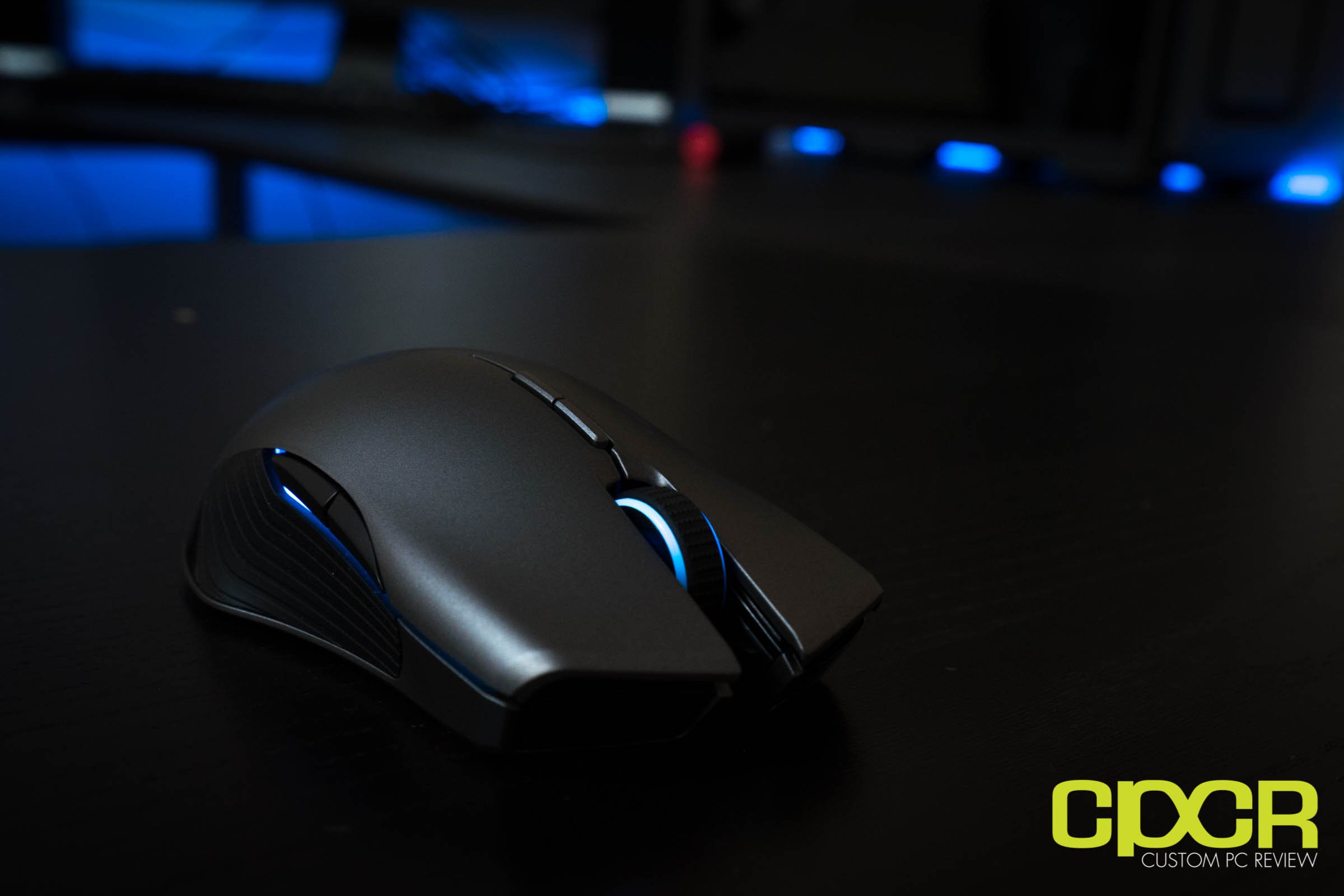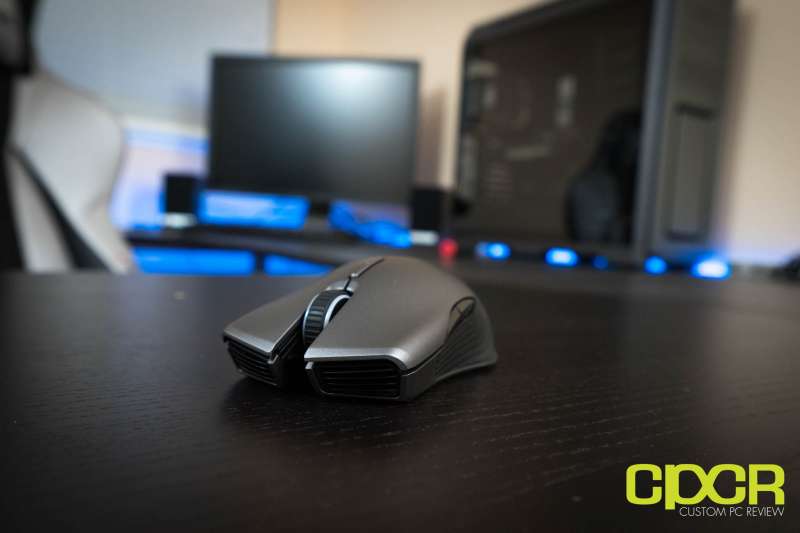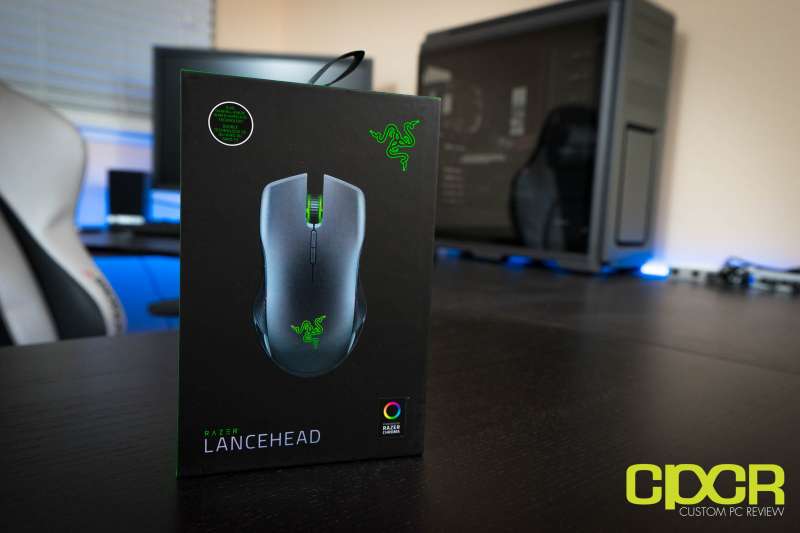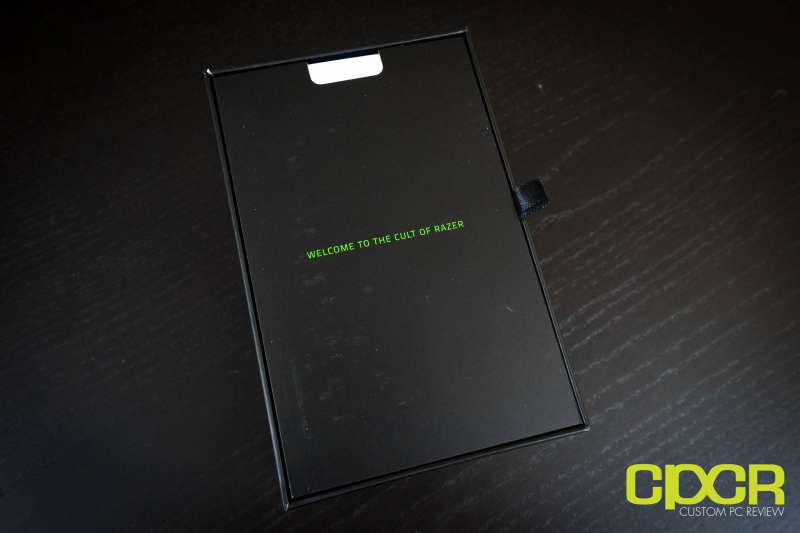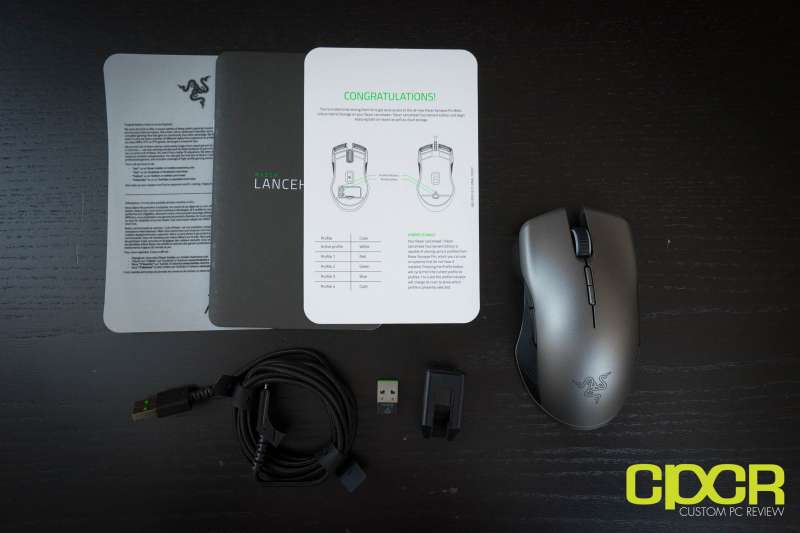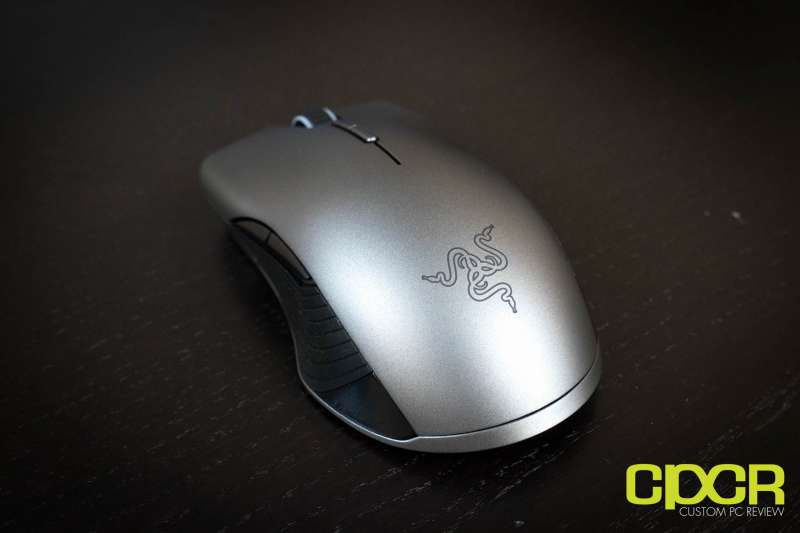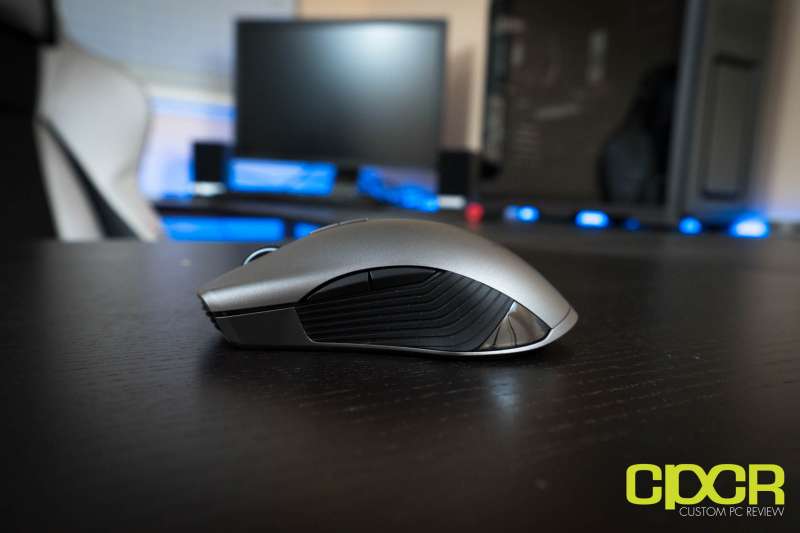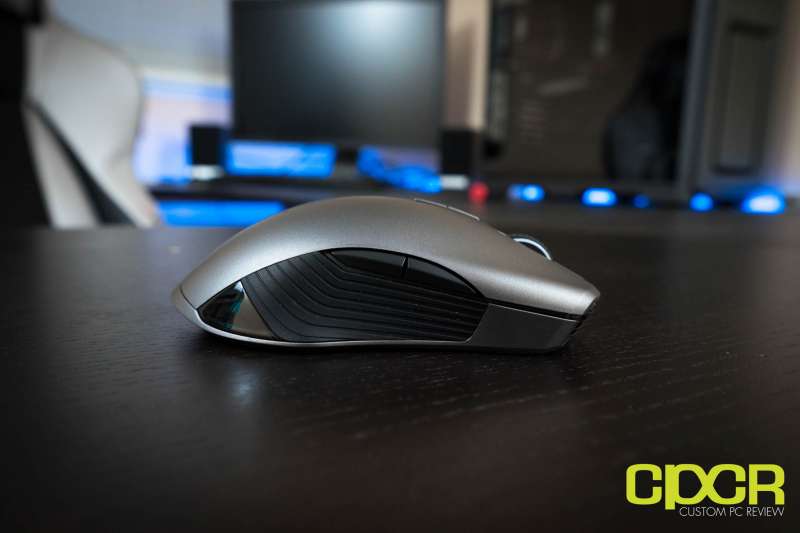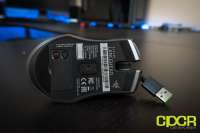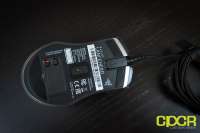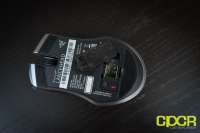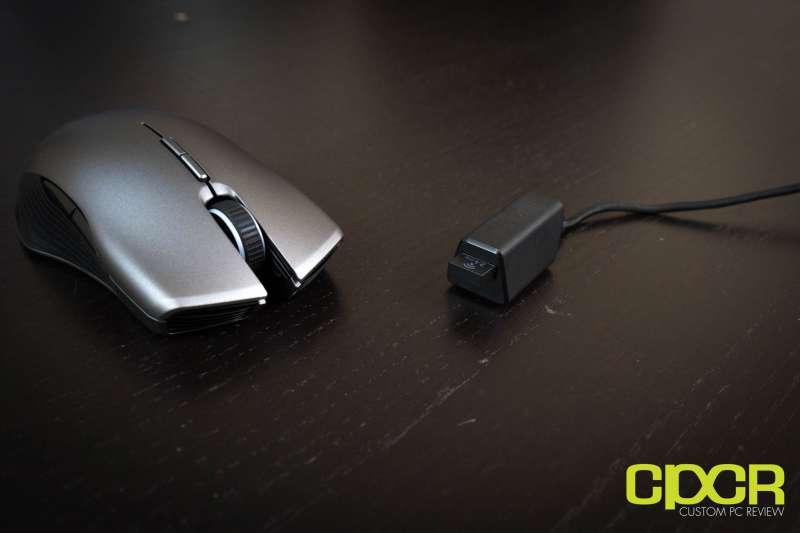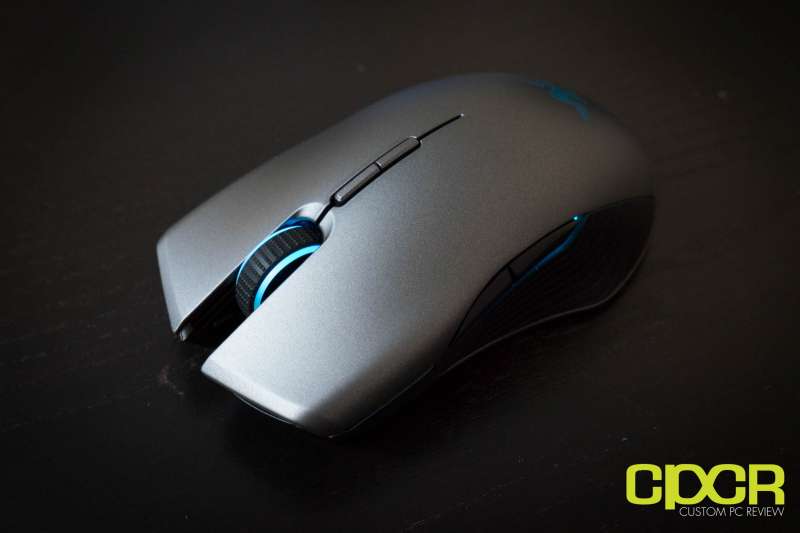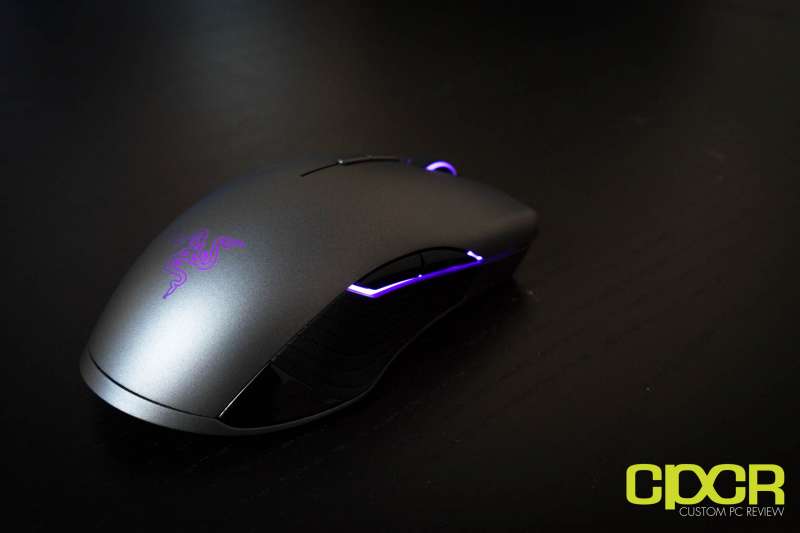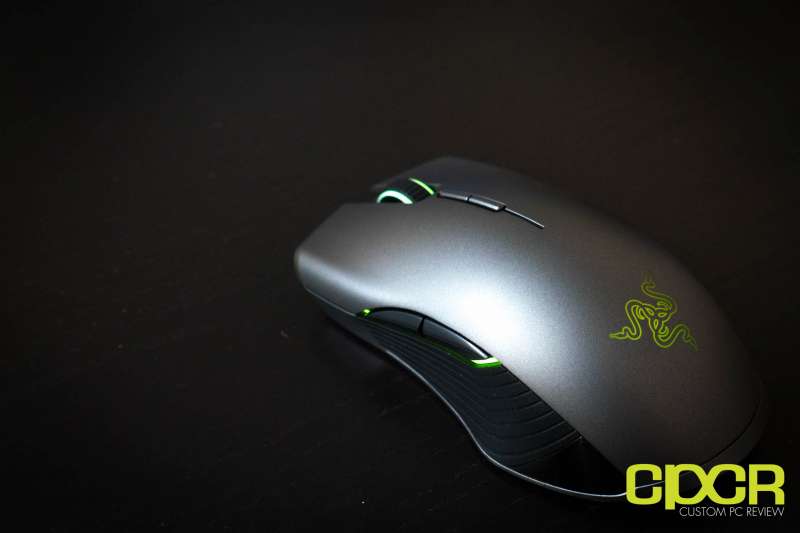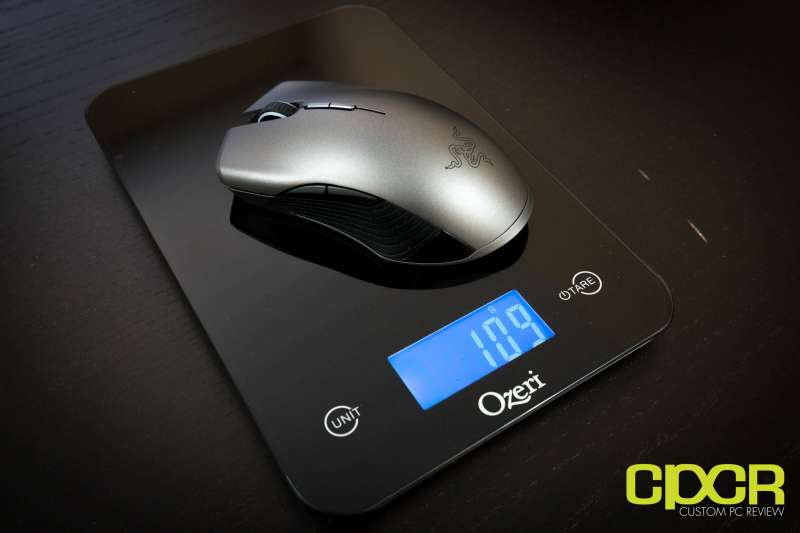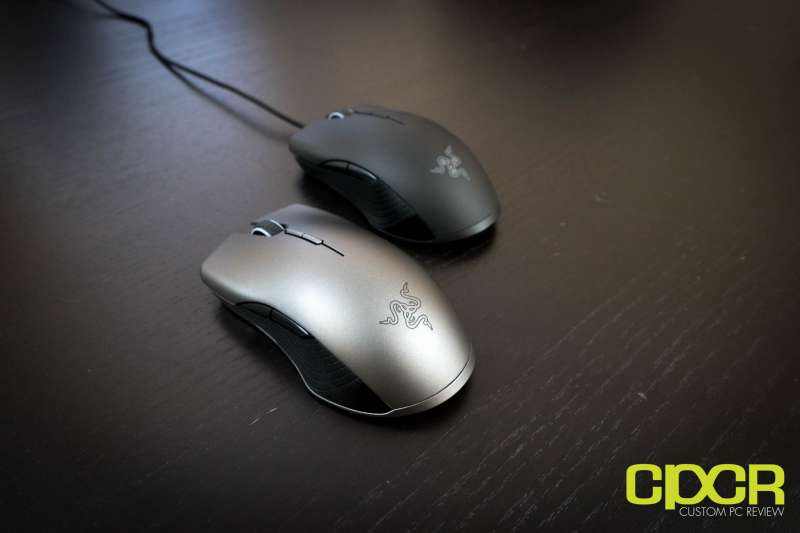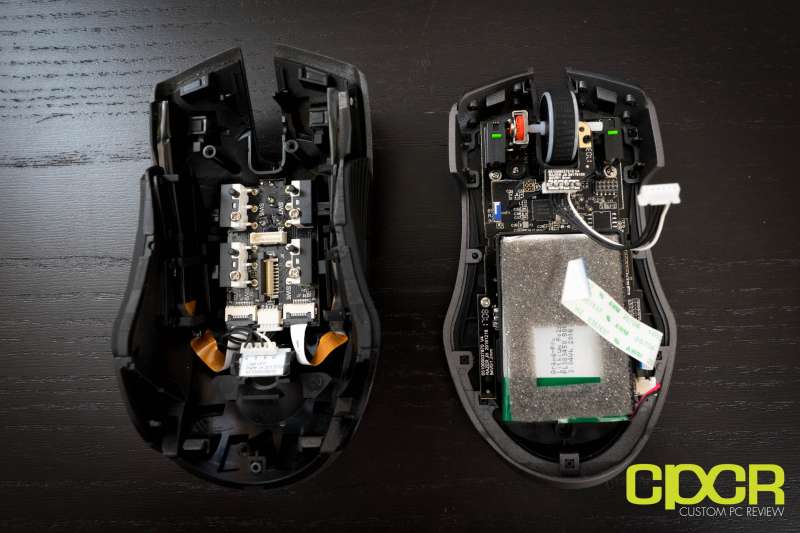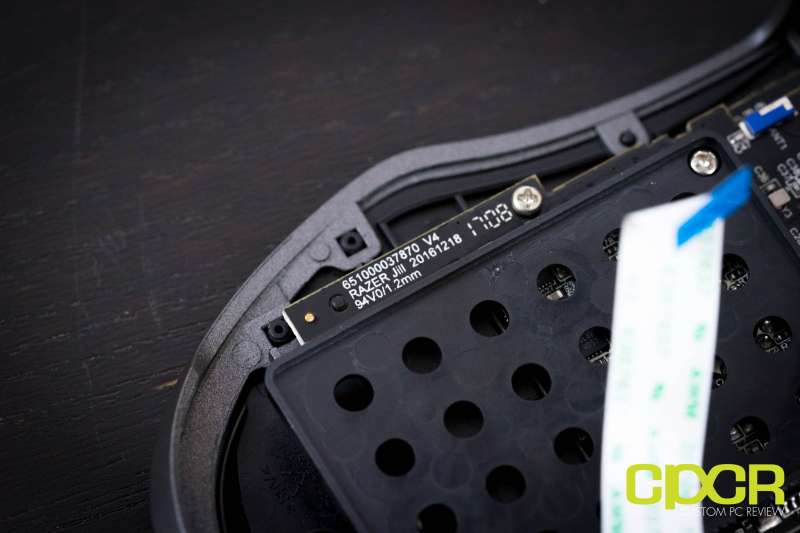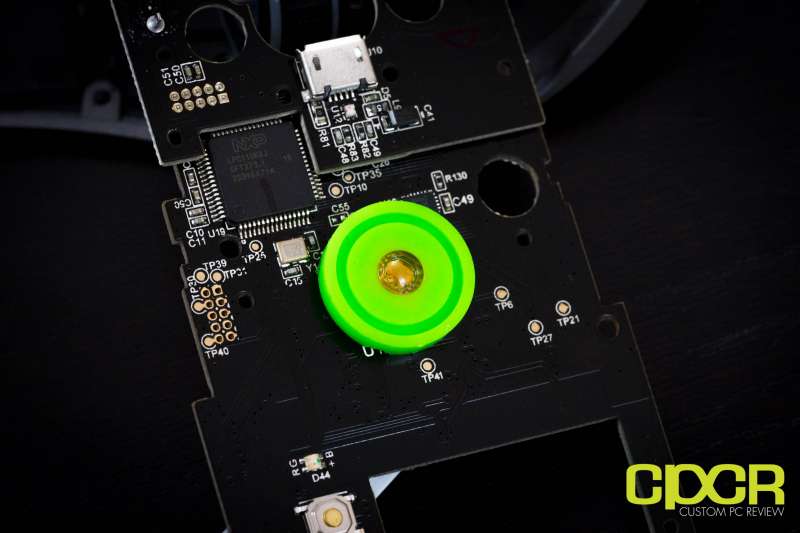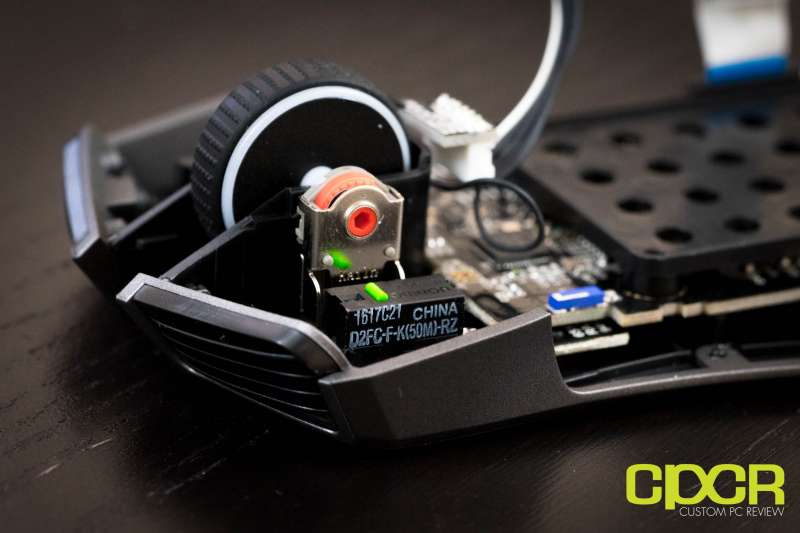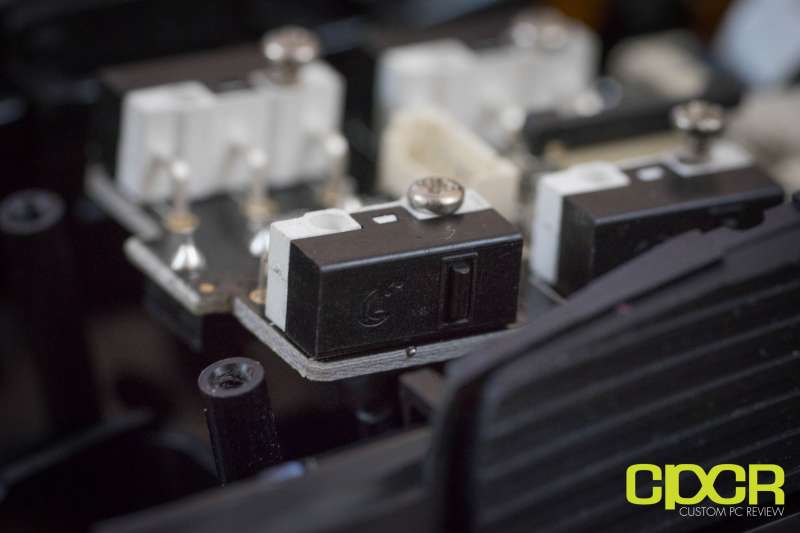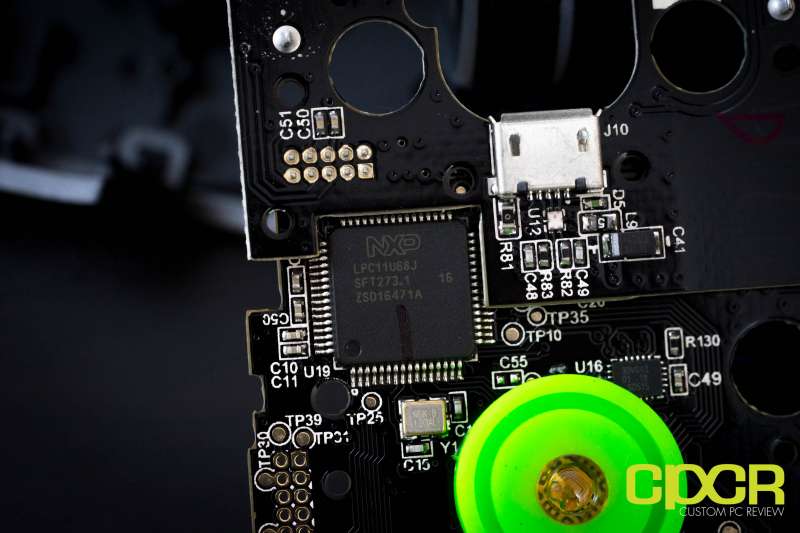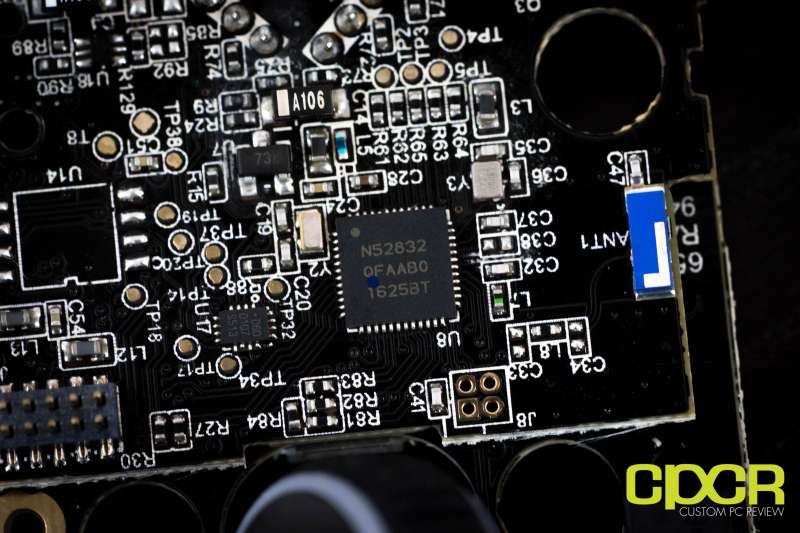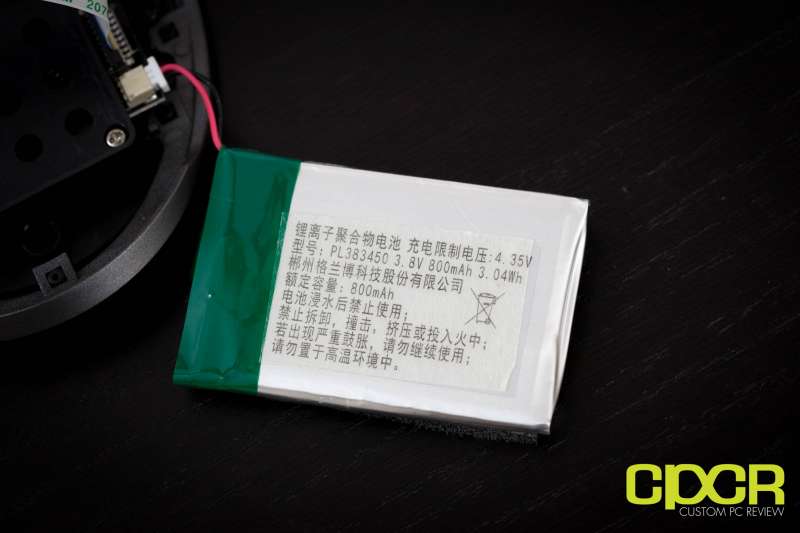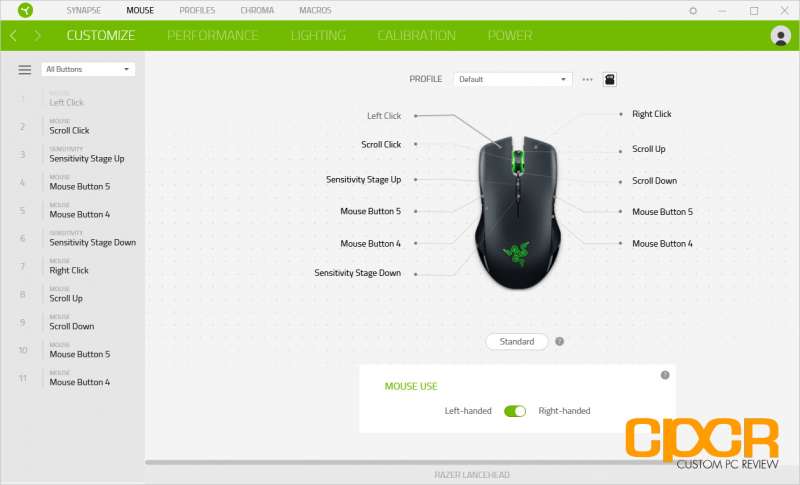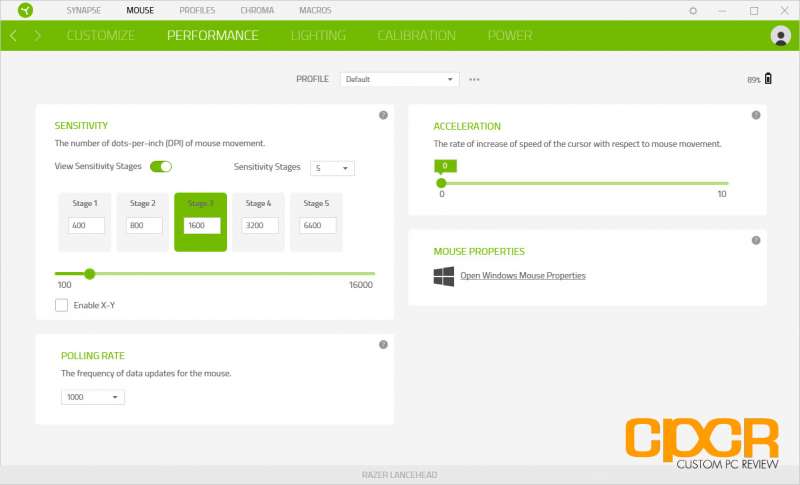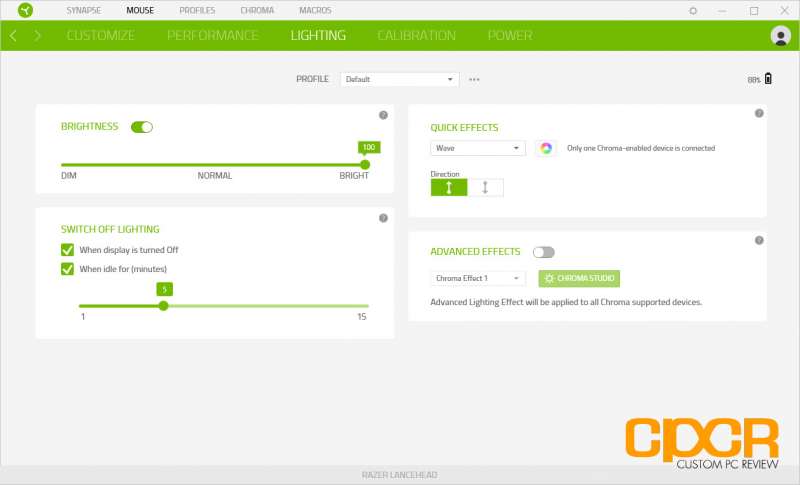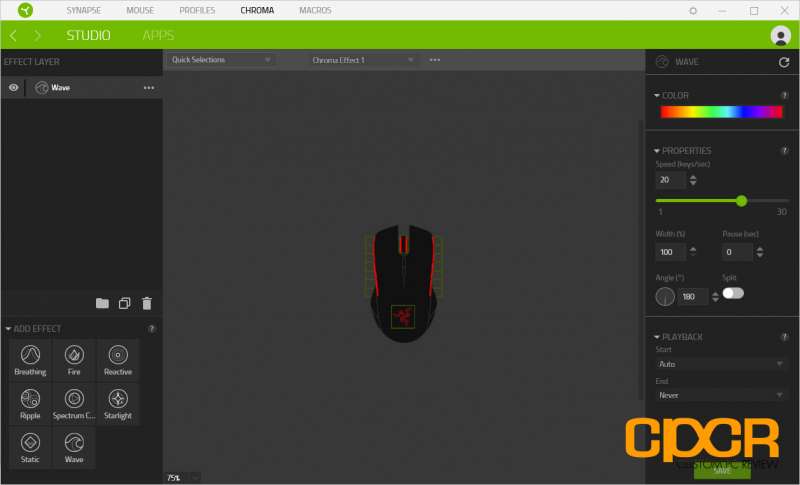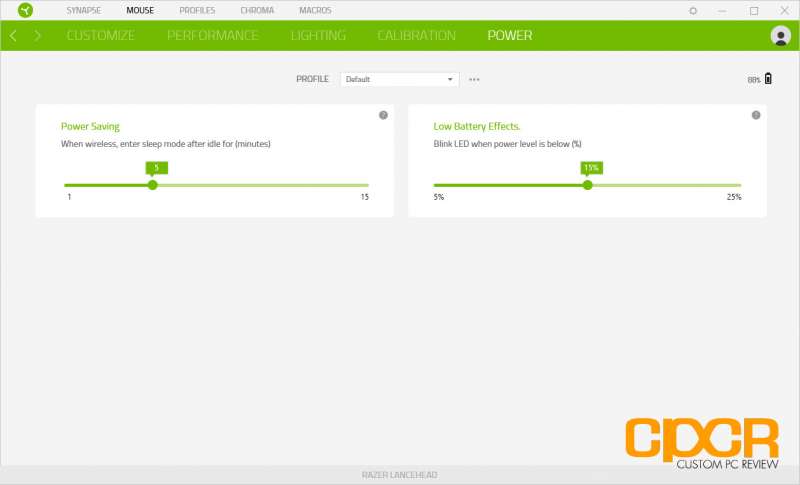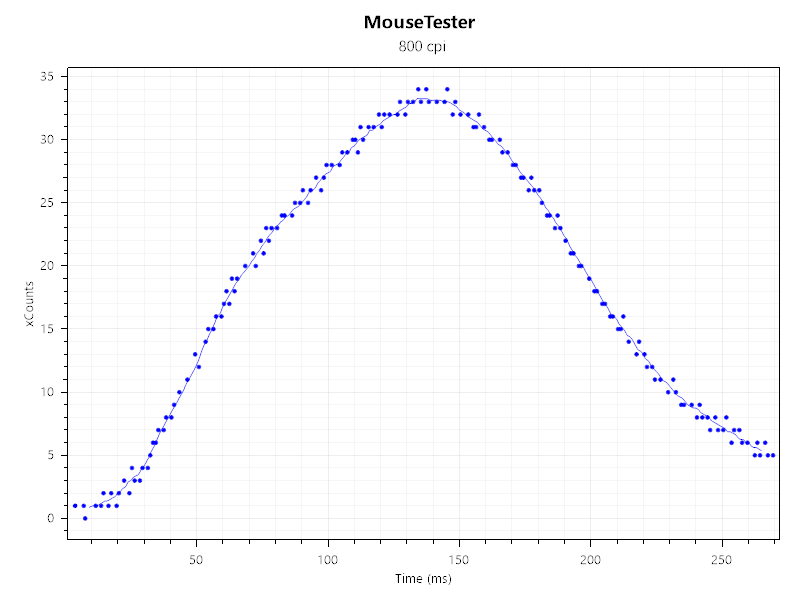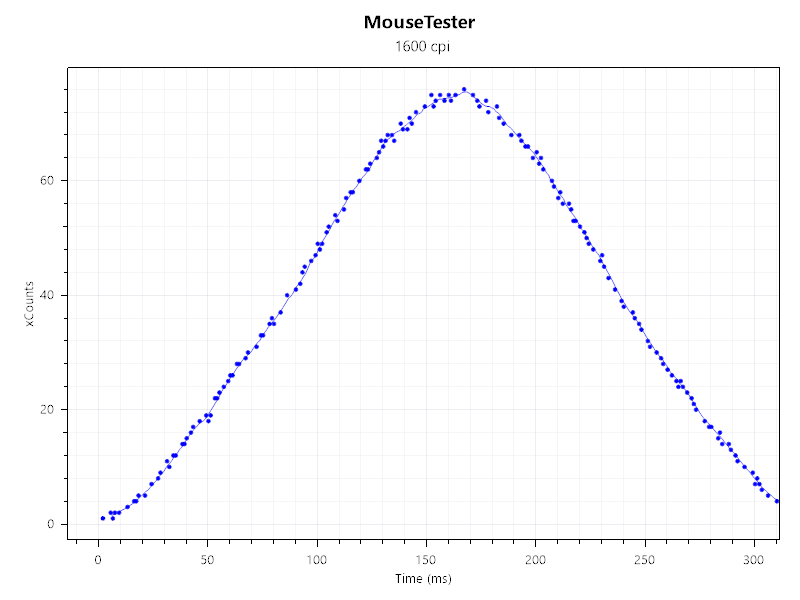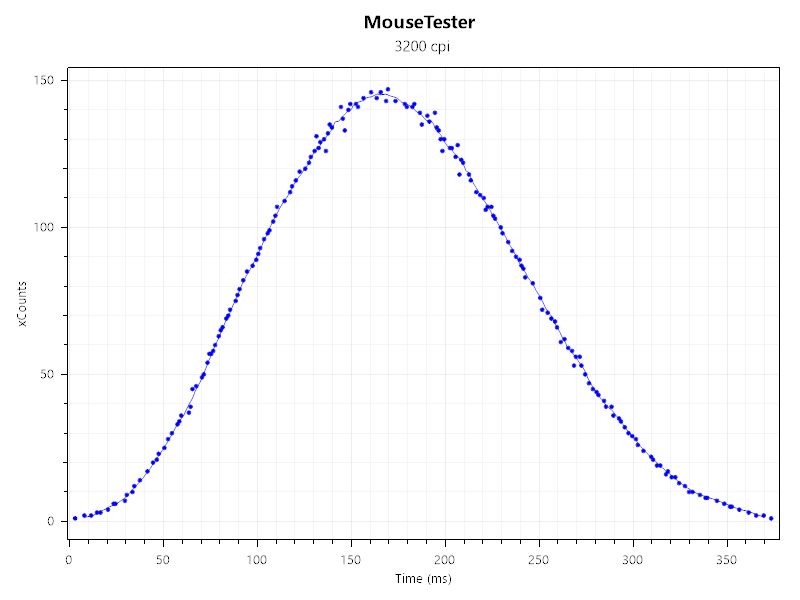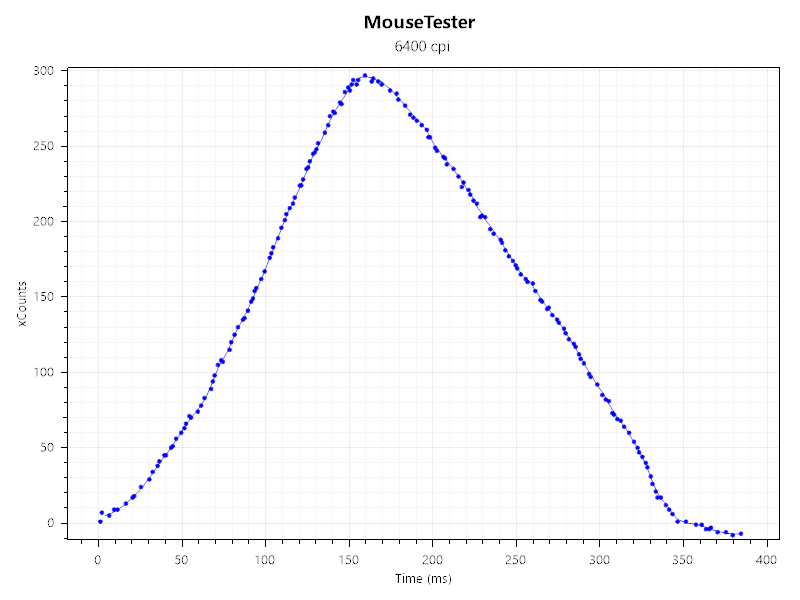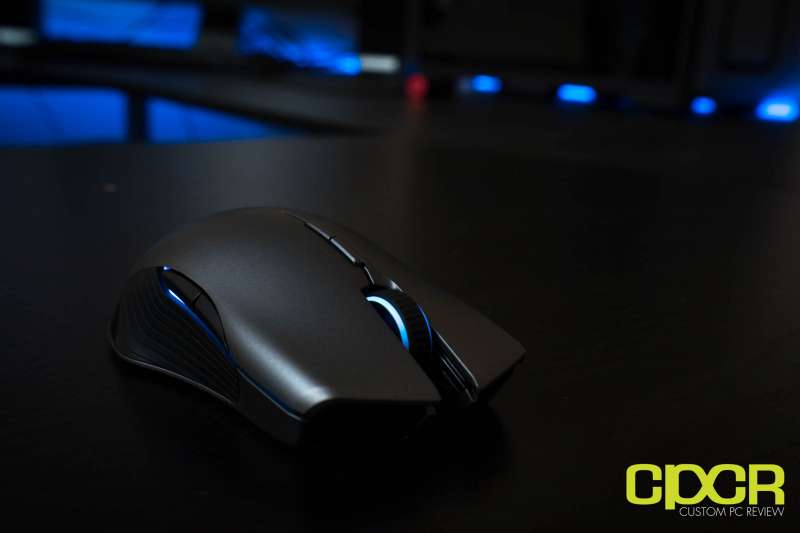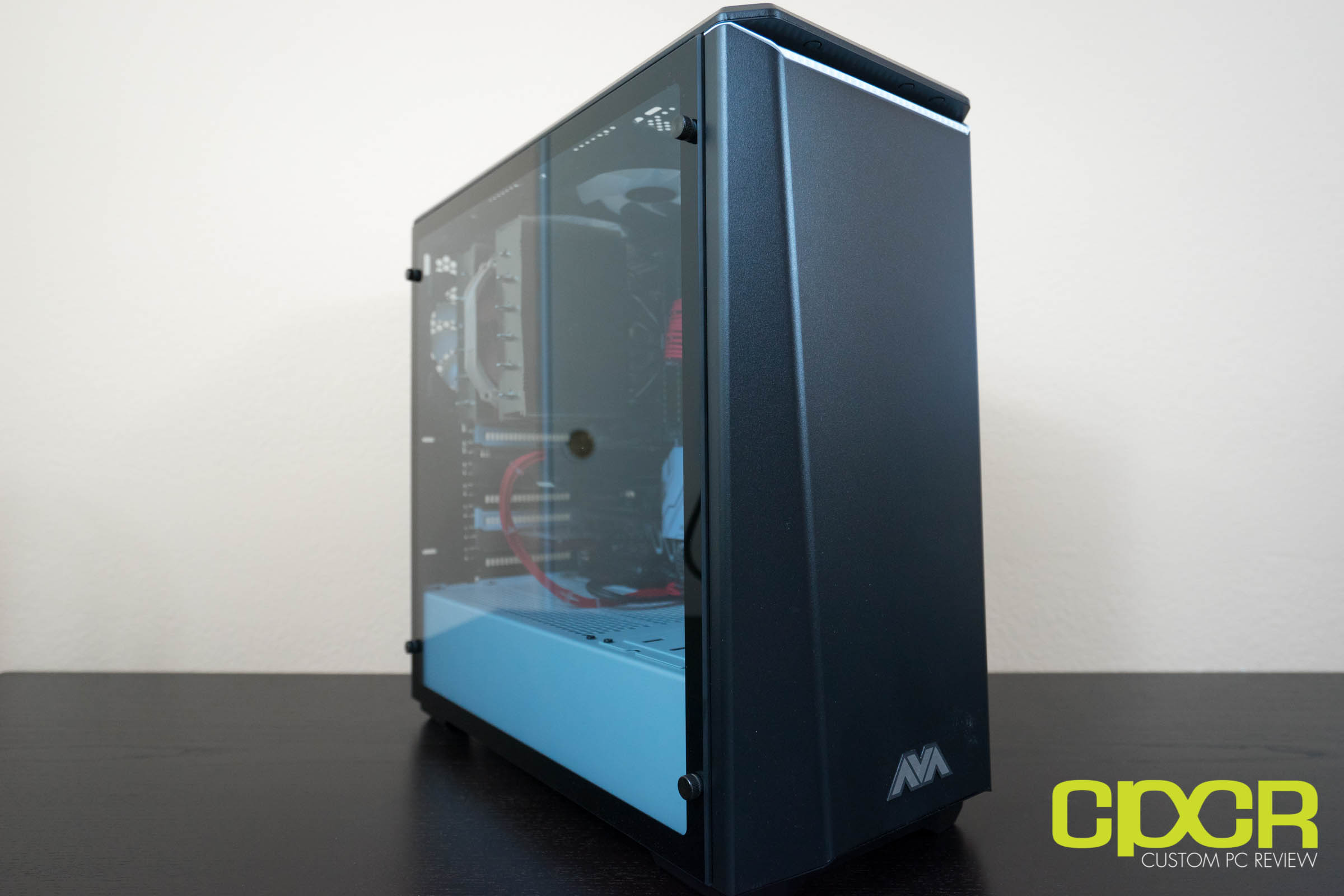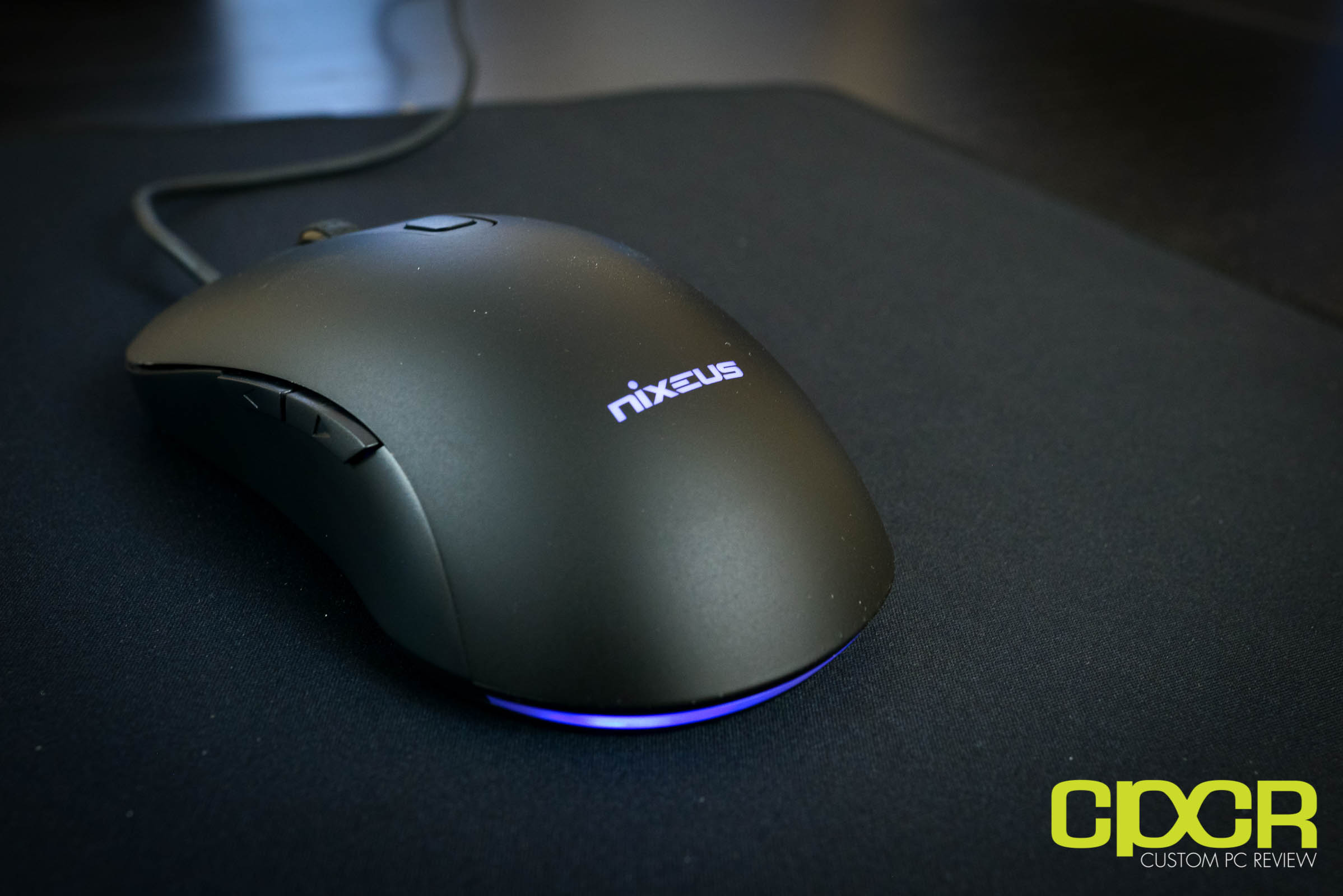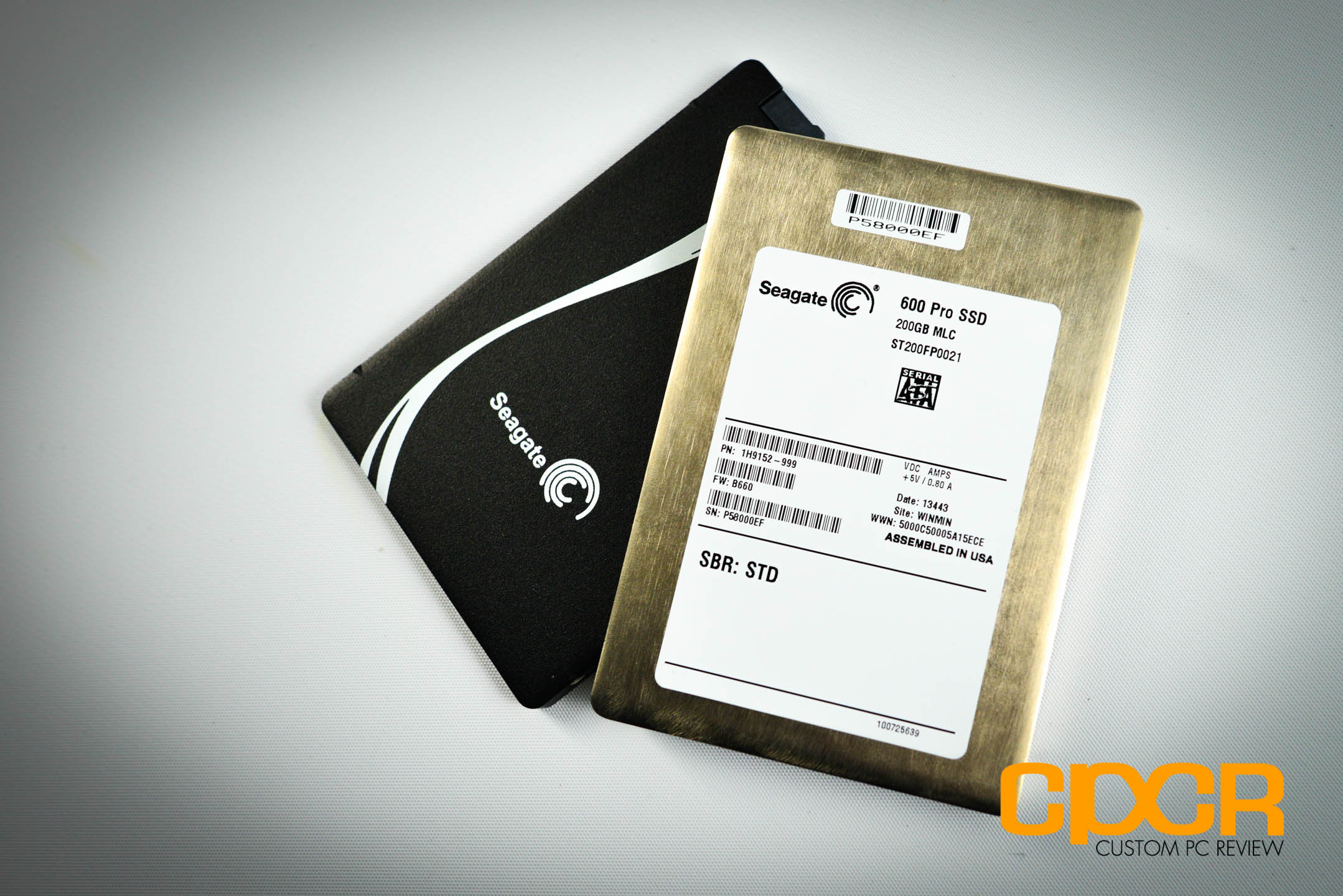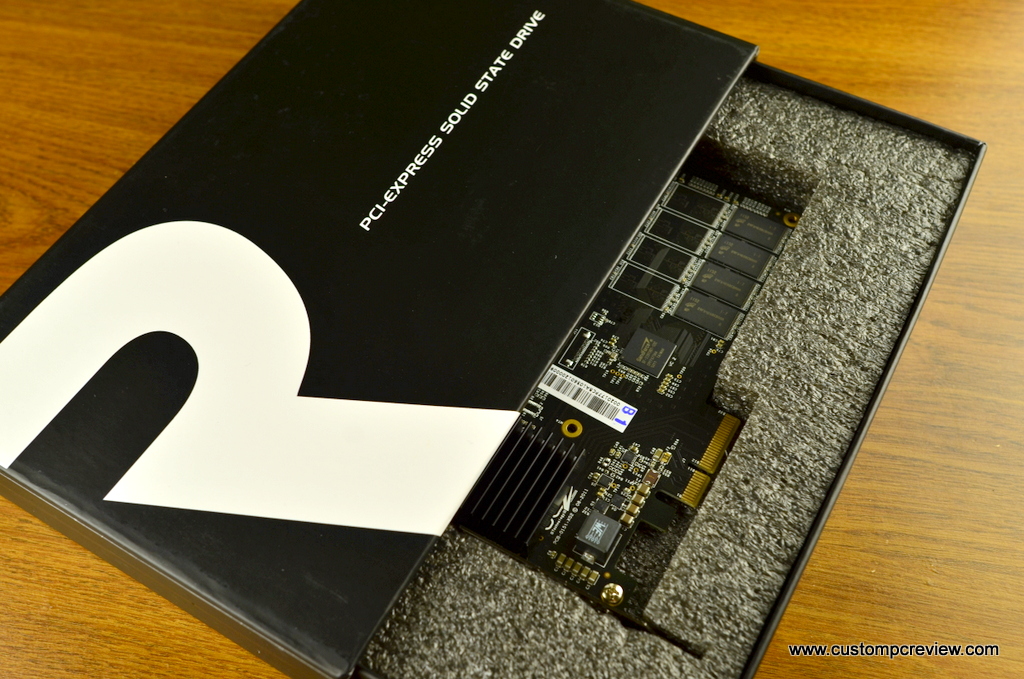[section label=”Introduction”]
Razer’s Flagship Wireless Gaming Mouse
Several weeks ago, we were able to get our hands on Razer’s new wired ambidextrous eSports grade gaming mouse, the Razer Lancehead Tournament Edition, which we were quite impressed with. While a portion of the advertised features weren’t available at the time of the review (Synapse 3 is required for the Hybrid On-Board functionality), the Razer Lancehead TE still proved to be a fantastic gaming mouse with a flawless sensor, an excellent design and a reasonable price point.
Along with the Lancehead TE, Razer also launched the Razer Lancehead, which we’ll be reviewing today. The main difference between the Razer Lancehead and the Lancehead TE is that the Lancehead also features wireless capability while the Lancehead TE does not.
Specifications
| Manufacturer | Razer |
|---|---|
| Model | Lancehead |
| Sensor | Razer 5G Laser (Phillips Twin Eye) |
| DPI Range | 100 – 16,000 |
| Switches | Omron (50 Million Clicks) |
| Backlighting | Yes |
| Polling Rate | 1000 Hz (1 ms) |
| Interface | USB or Wireless 2.4GHz (Adaptive Frequency Technology) |
| USB Cable | 7 Feet (2.1 Meters) |
| Battery Life | Approx. 24 Hours |
| Weight | 111g (Without Cable) |
| Warranty | 1 Year |
| Check Pricing | [easyazon_link identifier=”B06XH113GY” locale=”US” tag=”cupcre06-20″]Click Here[/easyazon_link] |
Before we dive in, let’s first take a quick look at the specifications. The Razer Lancehead is a wireless gaming mouse featuring Razer’s 5G Laser Sensor, which is based on the Phillips Twin Eye with a native DPI of up to 16,000 DPI. Main switches onboard are the new Omron 50 million click switches, which are the same excellent switches in the Lancehead TE reviewed previously.
What’s special about the Razer Lancehead is that it also features wireless technology with Adaptive Frequency Technology. According to Razer, Adaptive Frequency Technology allows the mouse to automatically choose the best wireless frequency to eliminate interference from the notoriously crowded 2.4GHz band.
Does the new gaming mouse live up to the Razer name? Let’s find out!
[section label=”A Closer Look”]
A Closer Look
Here’s a look at the packaging for the Razer Lancehead.
Included in the box is some documentation, a USB Type-A to micro-USB cord, a micro-USB to USB-Type-A adapter for the wireless transmitter, a wireless transmitter, and the Razer Lancehead gaming mouse itself.
Here’s a look at the Razer Lancehead. Aside from the silver and black color scheme, it’s very similar to the Razer Lancehead TE which we reviewed previously.
At the bottom of the mouse is four Teflon feet, profile switch button, an on/off switch, and a storage compartment for the wireless transmitter.
Here’s a quick look at the Razer Lancehead next to the microUSB to USB Type-A adapter. This helps bring the wireless transmitter closer to the mouse and doubles up as a weight to keep the cord in place for charging the mouse when needed.
Similar to the Lancehead TE, the Razer Lancehead also includes Razer’s Chroma RGB lighting on the Razer logo, scroll wheel and along the entire side.
The Razer Lancehead weighs in at 109 grams. Surprisingly, with the added weight of the battery and wireless functionality, the Lancehead only weighs 3 grams more than the wired Lancehead TE.
Here’s a side by side comparison of the Razer Lancehead vs Razer Lancehead TE. Aside from the color scheme, these two gaming mice are practically identical.
Here’s a look at the internals of the Razer Lancehead.
According to the PCB, the project name for the Lancehead is Razer Jill.
The sensor onboard is the Razer 5G Laser, which is the Phillips Twin Eye laser sensor. The sensor is capable of up to 16,000 DPI.
The primary button switches here are switches co-developed between Razer and Omron. The model number is D2FC-F-K(50M)-RZ. These switches are rated at up to 50 million clicks and are manufactured in China.
Side button switches are from a Chinese brand whose name literally translates into long wind (长风). Not too much is known about these switches, but they feel stiffer and clickier than the main Omron switches.
Embedded into the mouse is also the NXP LPC11U68J 32-bit ARM Cortex-M0 processor.
Wireless functionality is handled by the N52832 wireless chip. This provides multi-protocol 2.4GHz wireless communications.
Here’s a look at the internal battery. The battery here is a 3.8v, 800mAh, 3.04Wh battery. According to Razer, this can provide up to 24 hours of battery life even with Chroma lighting on. What’s unfortunate is that this is an internal battery and Razer is unlikely to sell replacements, so if the battery ever goes bad, a new mouse will likely be in order.
[section label=”Software”]
Software
The Razer Lancehead is designed to work best with Razer’s Synapse 3 software although the older Synapse 2 will also work albeit with reduced functionality. Currently, Synapse 3 is still in its Beta stage, but it’s now available for owners of the Razer Lancehead and Lancehead TE.
Here’s a look at the main mouse menu for the Razer Lancehead. Synapse 3 considerably revamps the interface moving away from the black and green color scheme to a much lighter beige, white and green color theme. From the main menu, gamers can program practically every button on the mouse for the desired preferences. Using Synapse 3 also allows the use of profiles. Up to four profiles can also be stored locally on the Lancehead in a feature Razer calls Hybrid On-Board.
As expected, the Razer Lancehead features a wide range of DPI customization options ranging from 100DPI to 16,000DPI in 100DPI increments. Razer also offers independent adjustment of DPI for the X and Y axis if for some reason it’s needed.
For those who enjoy using the quick sensitivity adjustment buttons, Razer allows the configuration of up to five sensitivity stages. Polling rates can be changed between 125, 500, and 1000 Hz.
For the Lancehead, Razer offers the usual Chroma configuration options which includes lighting modes such as breathing, reactive, spectrum cycling, etc.
In Synapse 3, Razer offers a significantly more comprehensive Chroma settings adjustments using their Chroma Studio functionality. Here, the Chroma LEDs can be programmed down to the color of each individual LED. For those with multiple Razer Chroma devices, Chroma Studio will allow programming of Chroma lighting across multiple Chroma devices.
The calibration option also allows the mouse to be calibrated for the surface it’s being used on however, it can only be used when the mouse is plugged in.
As the Lancehead is a wireless gaming mouse, there’s also a power menu which allows changing of settings such as the standby time and at which point the red LEDs begin blinking to show that the power is low.
[section label=”Performance”]
Performance
Subjective Testing
Having spent two weeks with the Razer Lancehead playing primarily FPS games, the Lancehead is a fairly decent gaming mouse. However, as with many laser sensors, the Razer 5G sensor on the Lancehead is subject to slight acceleration. The acceleration issues aren’t necessarily as terrible as we’ve seen from some older laser sensors, but it’s still very much there. Further, the sensor also exhibits a z-axis issue where the cursor will hop approximately a half inch downwards and to the right when lifted from the surface and put back down. This can be annoying for low-DPI gamers who have to swipe often yet need to maintain perfect accuracy.
Wireless latency was not perceptible thanks to the Razer Lancehead’s new Adaptive Frequency Technology. Adaptive Frequency Technology solves one of wireless mice’s biggest issues which is the inconsistent levels of latency due to wireless interference. Unlike older wireless technology that simply makes a constant connection on a single wireless frequency, Adaptive Frequency Technology automatically scans and hops between multiple frequencies to find the optimal frequency to minimize wireless interference issues. In testing, the Razer Lancehead was able to maintain a good, consistent connection despite running on the notoriously crowded 2.4GHz frequency.
Mousetester
Here’s a look at count/time results from Mousetester 1.5.3 when quickly swiping to the right at different sensitivity stages at 1000Hz polling rate.
Tracking performance here is good with no apparent sensor issues.
Jitter & Prediction
Here are a few shapes I drew at different sensitivity stages to test for any jitter, prediction, angle snapping, drift control, etc.
No apparent issues were detected in terms of jitter or prediction.
[section label=”Conclusion”]
Conclusion
Over the years, I’ve tested quite a few wireless gaming mice and for the most part, none of them have been perfect replacements for a decent wired gaming mouse. While the Razer Lancehead does an admirable job and may quite possibly be the best wireless mouse possible, it’s unfortunately still not quite there.
The main issue with the Razer Lancehead is the sensor performance. The Phillips Twin Eye 5G sensor is a familiar sensor for us and unfortunately still faces the same acceleration and z-axis issue we’ve been familiar with in the past. While the sensor is improved over older laser sensors, it’s still very much inferior when compared to the flawless Razer 5G Optical Sensor used in the Lancehead Tournament Edition.
Aside from this however, the Razer Lancehead is a decent mouse. The shape is very well designed for both left and right handed claw grippers and the wireless functionality feels as close to wired as it gets. Razer Chroma lighting is nice and bright and battery life is easily good enough for all day use. Razer’s wireless module storage was also a very smart addition as I found the Lancehead was perfect as a plug in mouse for using while near the desktop, but easy to unplug and take on the go for mobile use. Personally I would’ve liked to see some sort of removable battery functionality, so that multiple batteries can simply be swapped out for truly 24/7/365 wireless use however, at the moment, the mouse unfortunately has to be plugged in at some point to charge the batteries.
As for wireless latency, the Razer Lancehead’s Adaptive Frequency Technology does an incredibly good job and in my testing, latency felt non-existent. Using the Razer Lancehead and the Razer Lancehead TE side by side, the Razer Lancehead felt just as quick as its wired cousin. This is impressive as it’s the first wireless mouse I’ve had the opportunity of testing that doesn’t feel sluggish compared to a wired mouse. The only wireless issue I ran into was re-connecting the mouse after the PC wakes up from sleep. The connection takes about 20-40 seconds which is a bit frustrating if you’re in a rush.
The [easyazon_link identifier=”B06XH113GY” locale=”US” tag=”cupcre06-20″]Razer Lancehead[/easyazon_link] is available online for $137.99 which is on the pricey side even for a premium wireless gaming mouse. However, ultimately the Razer Lancehead is still a great gaming mouse. Casual gamers who don’t necessarily need perfect sensor performance, but want wireless functionality, the Razer Lancehead is an excellent choice.
Sample provided by: Razer
Available at: [easyazon_link identifier=”B06XH113GY” locale=”US” tag=”cupcre06-20″]Amazon[/easyazon_link]

